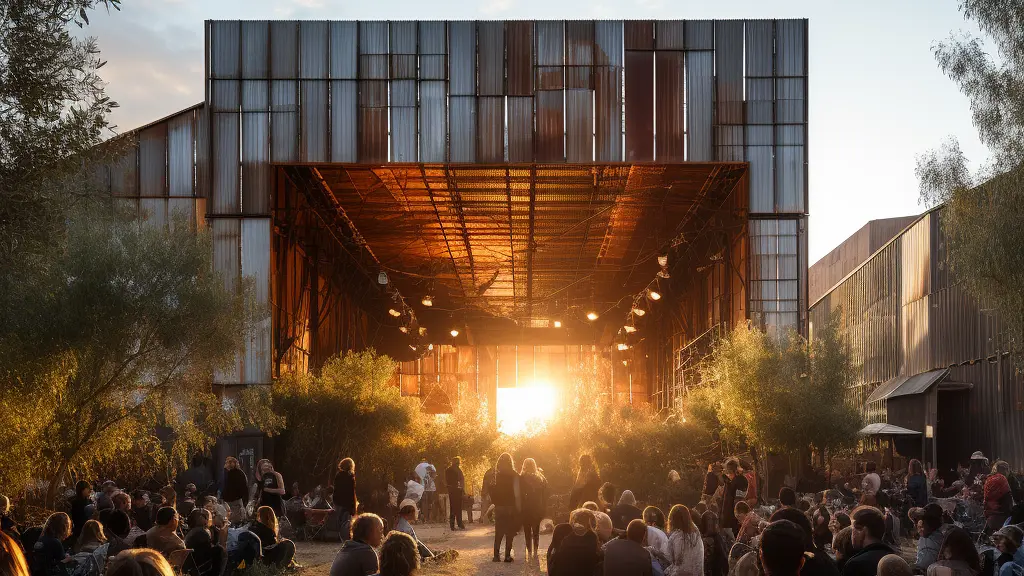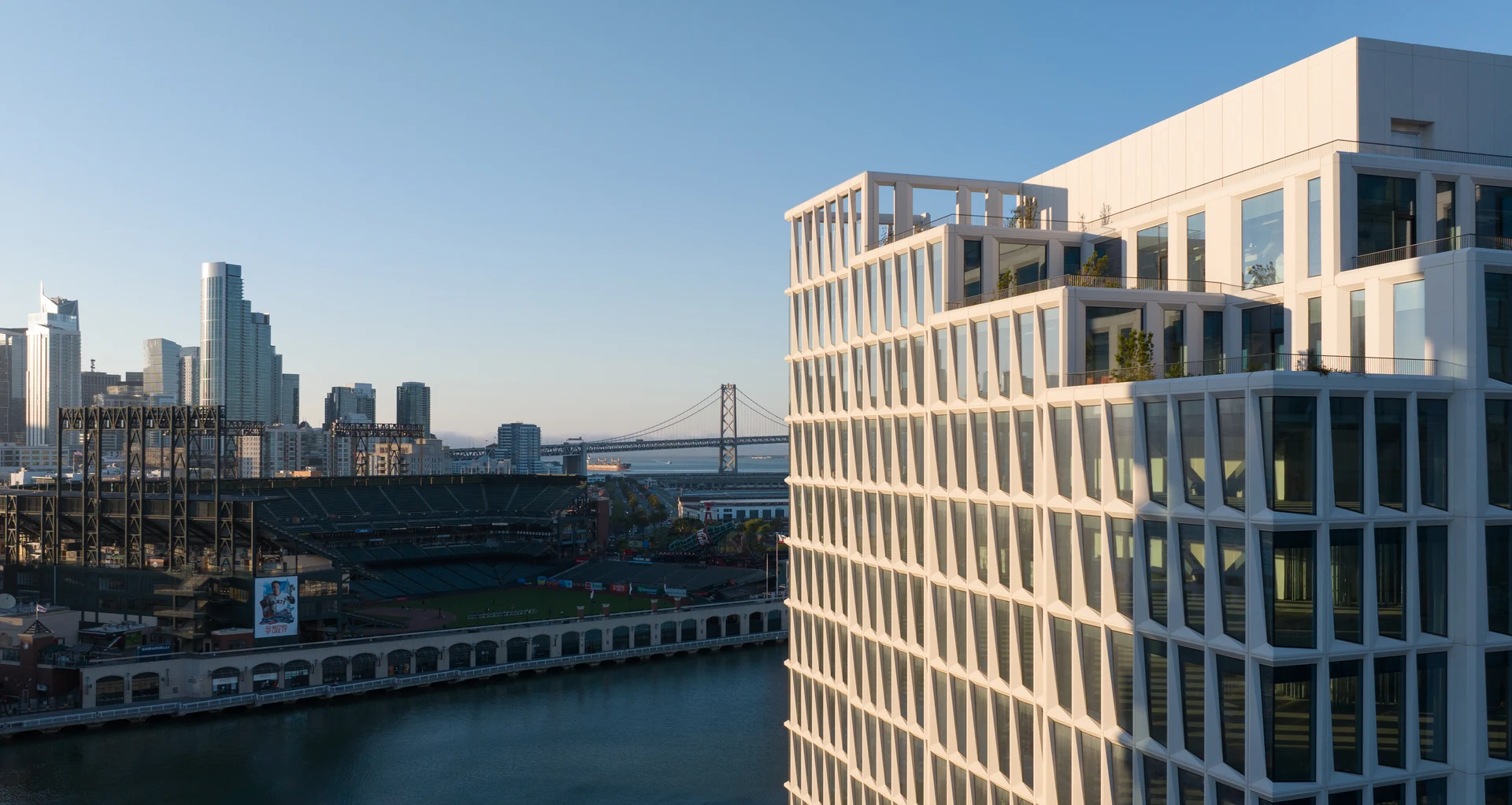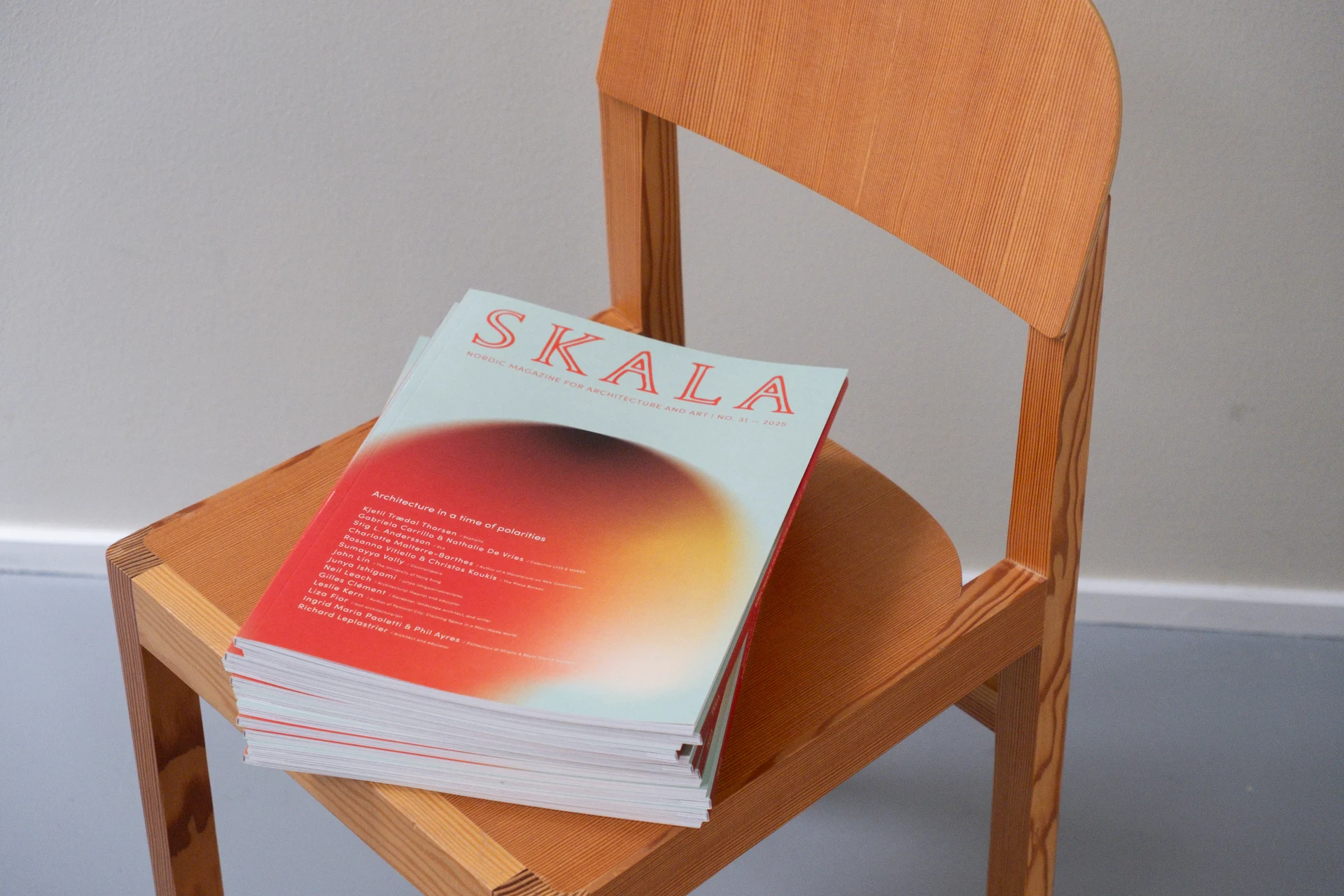From deep data to dynamic district

How can big data drive a new design paradigm in urban development?
As Copenhagen’s Refshaleøen district evolves into a dynamic cultural hub, a critical question arises: How can we propel development without compromising the area's distinctive creative spirit?
In response to this challenge, we embarked on a journey into the realm of big data to shape a new urban design methodology.
Our proposal celebrates the district’s character, uniting urban nature and local communities, by unlocking the potential of big data and AI technology to inform and qualify the design drivers for developing the district without losing its creative edge.
Sprawling 80-hectares the former industrial site is one of Denmark’s capitals up-and-coming urban districts and island in the city's harbor. Its diverse activities, including food markets, waterfront gatherings, festival spaces, and museums, have defined Refshaleøen’s contemporary identity, solidifying its role in the city’s landscape. A place of such creative standing required a creative solution.
Collaborating with Aalborg University and Ramboll Management Consulting on the Ideas Competition for Refshaleøen, we gathered evidence from various sources, including big data, geo-social insights, biodiversity metrics, existing building stock, and calculations derived from our Urban Decarb tool.
Our rich and multifaceted dataset included 35,000 Instagram posts posted on Refshaleøen between 2012 and 2023, over 300,000 Facebook posts, 150,000 events in Copenhagen, and engagement from 600,000 unique, anonymous Facebook users. These vast datasets were curated and sorted using AI technology to uncover hidden patterns, revealing new insights into the actual behaviour of the citizens in the area.
Through this analysis, our Urban Impact team have identified a range of new design drivers to shape the future development of Refshaleøen.
The competition jury said,
"The proposal's thorough methodological thoughts and ideas are brilliantly illustrated the competition proposal is informative and innovative."
Understanding that data alone is not sufficient, we transformed the insights into prompts to generate new images and visuals of what the proposed future could look like – building a bridge between data facts and the emotional engagement of citizens and multifaceted stakeholders.
The key findings included:
Recommendation 1: Create Space for Specific CommunitiesScaling down urban spaces and units to the micro level, ensuring there is room for very small entities in selected locations, accommodating specific communities.
Recommendation 2: Preserve and Transform Building Stock and PavementPreserve and transform all building stock and pavement, a strategy estimated to save approximately 110,000 tonnes of CO2e.
Recommendation 3: Create Identity Markers at All ScalesCreation of identity markers at all scales, aiming to establish a place-specific mood and appeal to different groups or tribes within the community.
What’s next? This evolving methodology is set to play a pivotal role in guiding forthcoming urbanism projects. It will not only inform the creation of new design scenarios but will also shape innovative strategies for engaging citizens in the planning and development processes.



